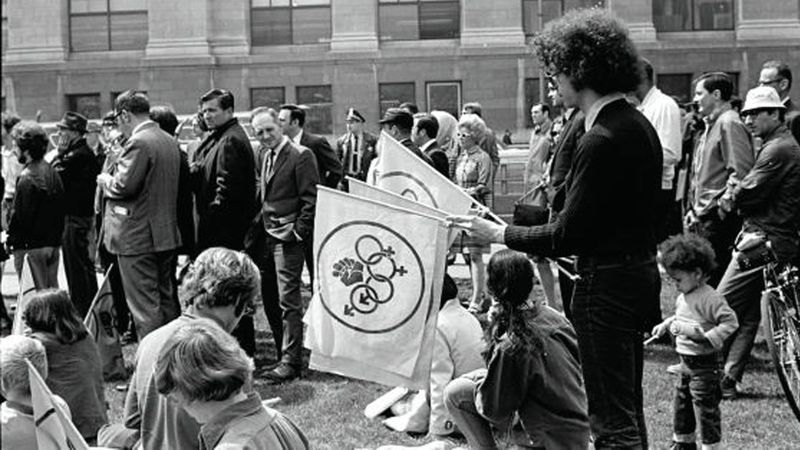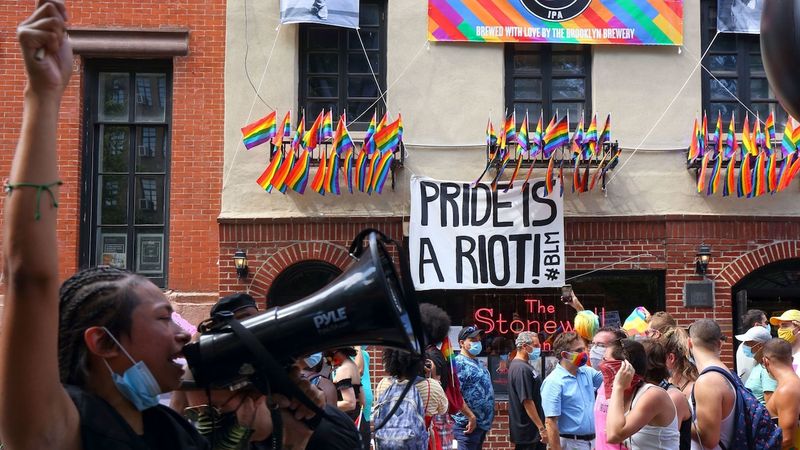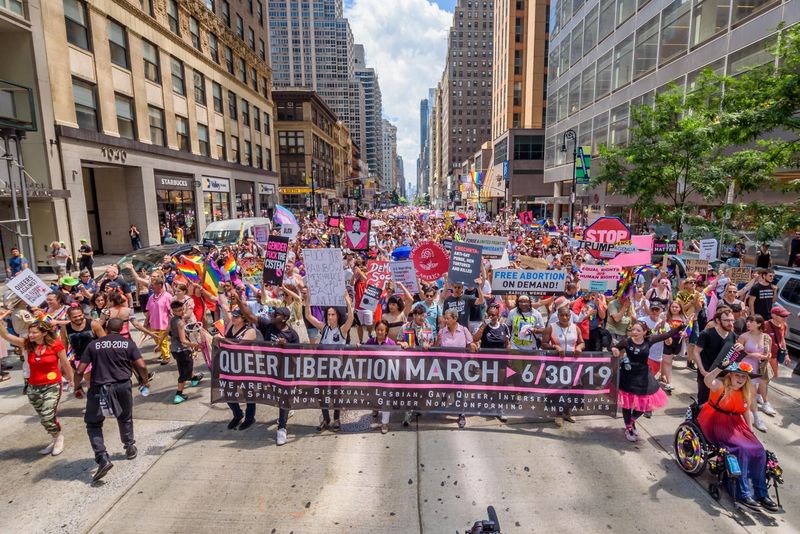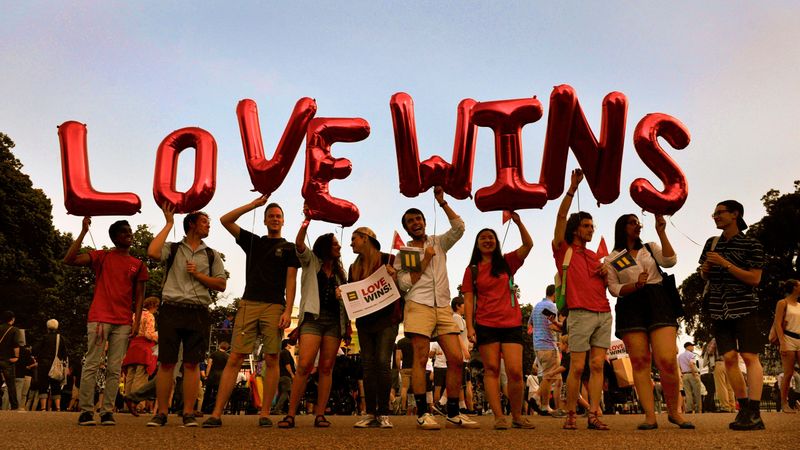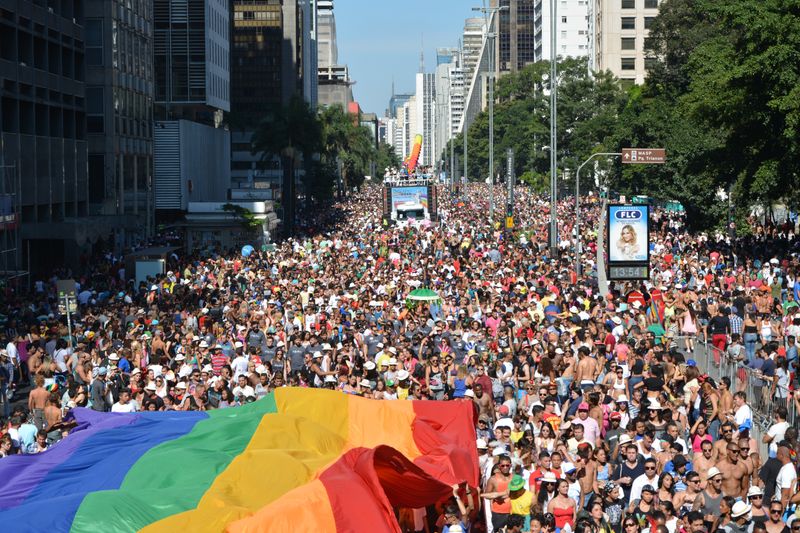In the summer of 1970, thousands of people gathered in New York City for something that had never happened before: a march celebrating LGBTQ+ identity and demanding equal rights. This wasn’t just any parade – it was the very first Pride march, marking one year since the Stonewall Riots shook Greenwich Village. Few could have imagined how this bold act of visibility would transform history, sparking a movement that continues to shape our world today.
1. It Commemorated the Stonewall Riots
June 28, 1969 ignited the modern LGBTQ+ rights movement when police raided the Stonewall Inn in New York City. What followed were days of unprecedented resistance as patrons and neighborhood residents fought back against years of harassment.
The first Pride march deliberately took place on the one-year anniversary of this watershed moment. Organizers wanted to ensure the courage shown at Stonewall wouldn’t fade from memory.
By connecting the march to this historic uprising, activists created a powerful tradition of remembrance that continues five decades later, honoring those who first stood their ground against police brutality and discrimination.
2. It Was the Birth of Pride as We Know It
Before that summer day in 1970, nothing like Pride existed. Small, somber protests called “Annual Reminders” had been held outside Independence Hall in Philadelphia, where demonstrators wore formal business attire to appear “respectable.”
The 1970 march shattered this approach completely. Originally named the “Christopher Street Liberation Day March,” it stretched fifteen blocks through Manhattan with thousands of participants openly celebrating their identities.
This revolutionary event established the template for future Pride celebrations – bold, visible, and unapologetic gatherings that would eventually spread to every corner of the globe.
3. It Demanded Visibility and Rights
“Say it loud, gay is proud!” These words echoed through Manhattan streets as marchers boldly demanded to be seen. In 1970, homosexuality remained illegal in most states, and simply being visible was a radical political act.
Participants carried handmade signs declaring “Gay Power” and “Equality for Homosexuals” while chanting messages that would become rallying cries for generations. The march represented a fundamental shift from hiding to demanding recognition.
Many marchers risked their jobs, housing, and personal safety by participating. Their courage transformed the fight for LGBTQ+ rights from whispered conversations to public demands for justice and equality.
4. It Inspired Pride Marches Across the U.S. and Beyond
The ripple effect began immediately. While New York held its groundbreaking march, simultaneous events unfolded in Los Angeles, Chicago, and San Francisco – creating a coordinated national statement.
By 1971, the movement had jumped oceans. London held its first official Pride march, followed by Paris, Berlin, and Stockholm. Within a decade, Pride celebrations appeared across six continents.
Today, over 170 countries host Pride events, from massive parades drawing millions in São Paulo and Madrid to smaller, high-risk gatherings in places where being LGBTQ+ remains criminalized. This global phenomenon traces directly back to those first courageous steps in 1970.
5. It Shifted LGBTQ+ Activism from Quiet to Unapologetic
A revolution in tactics unfolded on those New York streets. Earlier LGBTQ+ organizations like the Mattachine Society had focused on respectability politics – proving they were “just like everyone else” through conservative dress and behavior.
The 1970 march embraced a fundamentally different approach. Participants celebrated their differences, rejected shame, and demanded society change to accept them – not the other way around.
This philosophical shift birthed more radical organizations like the Gay Liberation Front and later ACT UP, groups that used direct action, civil disobedience, and unapologetic visibility to demand rights and recognition during the darkest days of the AIDS crisis.
6. It Paved the Way for Legal Victories
The energy unleashed in 1970 fueled decades of determined activism. That first march began a momentum that would eventually topple discriminatory laws across America and beyond.
Within three years, the American Psychiatric Association removed homosexuality from its list of mental disorders. State sodomy laws began falling throughout the 1970s-2000s, culminating in the Lawrence v. Texas Supreme Court decision.
The visibility started by Pride helped force government action during the AIDS crisis, led to hate crime protections, and ultimately contributed to marriage equality. Each legal victory, from employment protections to adoption rights, builds on the foundation laid by those first marchers.
7. It Created a Global Movement
From Tokyo to Tel Aviv, São Paulo to Sydney, Pride has become a worldwide phenomenon reaching hundreds of millions. The largest Pride parade now happens in São Paulo, Brazil, regularly drawing over 3 million participants.
Each celebration carries unique cultural expressions while maintaining connections to that first march. In some countries, Pride remains a dangerous political protest where participants risk arrest or violence.
In others, it has evolved into joyful celebrations with corporate sponsorships and government support – a transformation that sparks ongoing debates about Pride’s purpose. Yet everywhere, Pride creates spaces where LGBTQ+ people can gather in community, continuing the legacy started in 1970.
8. It Reminds Us That Pride Is Still a Protest
Rainbow merchandise and celebrity performances sometimes obscure a fundamental truth: Pride began as a protest, and that spirit remains essential today. Recent years have seen hundreds of anti-LGBTQ+ bills introduced across America, particularly targeting transgender youth.
Many participants now emphasize returning to Pride’s activist roots. Chants of “We’re here, we’re queer, get used to it” have evolved into “We’re here, we’re queer, we’re not going anywhere.”
The first Pride march teaches us that visibility alone isn’t enough – it must be coupled with demands for justice. Fifty-plus years later, as rights face new threats, the revolutionary spirit of 1970 continues to inspire new generations of activists.



